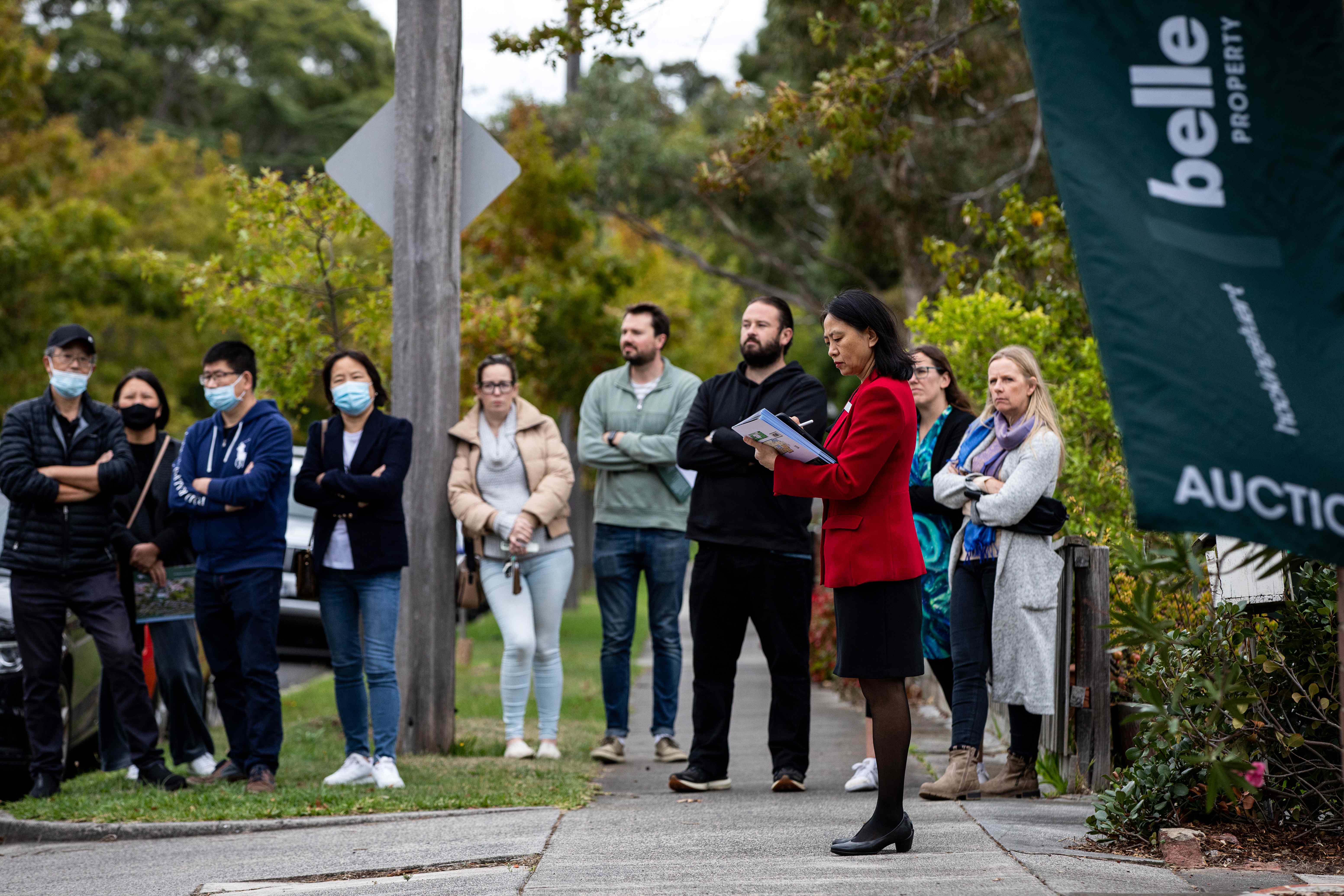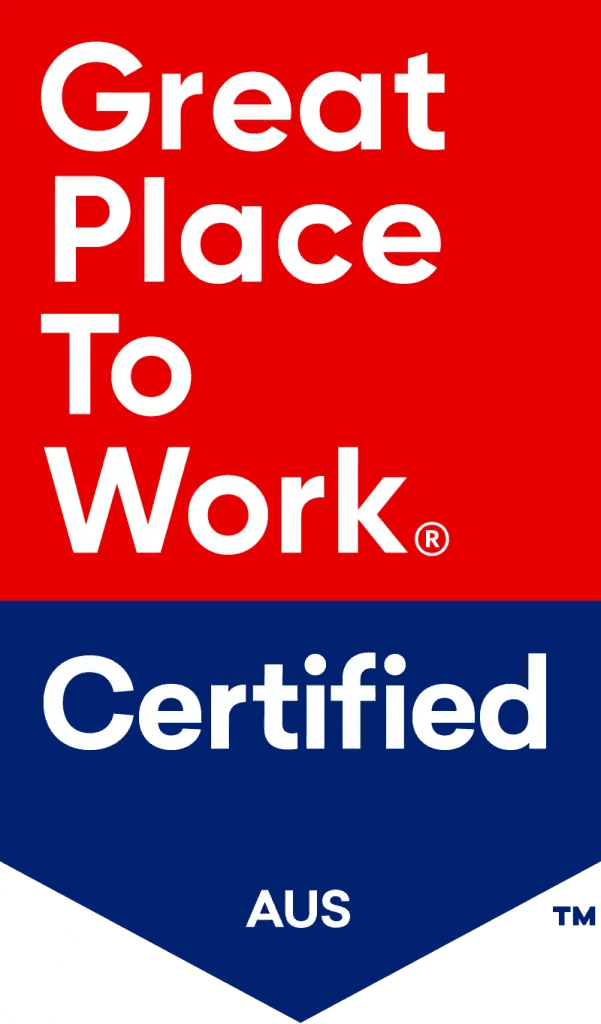Australia’s conveyancing sector has a profitability problem. Simply put, many conveyancers carry out highly skilled – and potentially high-risk – work for far less than other qualified professionals.
A recent survey conducted by AICNSW found that, in 2022, 66 per cent of conveyancing practices turned over less than $200,000 a year. For sole practitioners, that number rose to 94 per cent.
The same also found that the average income of a licensed conveyancer was between $84,000 and $99,000. That’s slightly below the average national full-time adult’s earnings, which sit at around $99,200.
“Many conveyancing practices around Australia are what I call ‘zombie businesses’,” says small business author and entrepreneur Andrew Griffiths. “They run on very low profit margins and even the slightest financial hiccup is enough to threaten them with shutdown.
“At a recent conference, I asked a room of around 130 conveyancers who believed they were charging what they thought they were really worth. Just two or three put their hand up. Unfortunately, that’s pretty normal.”
Facing threats from both sides
Conveyancers around the country are being wedged, Griffiths believes. On one side are solicitors, who often charge a premium price but also portray themselves as offering a highly skilled and more premium service.
“People engage a solicitor expecting they will have to open their wallet,” Griffith explains. “They don’t go into the relationship expecting a bargain. They expect to receive quality advice.”
On the other side of the wedge is a proliferation of low-cost conveyancing services, many of whom promise to offer the same service as other conveyancers but at a fraction of the cost. “You have these really commoditised conveyancers who are going around and saying they’ll do any conveyance for $800,” Griffith notes.
“Unfortunately, most conveyancers I meet are caught between the two ends of this spectrum, and it’s really not a good place to be.”
Undermining the value of an entire industry
Griffiths’ analysis of Australia’s conveyancing sector is echoed by both the NSW and Victorian divisions of the Australian Institute of Conveyancers.
Chris Tyler, the chief executive of the NSW Division, says that the low-cost side of the wedge is far more insidious and dangerous for the conveyancing sector than the threat posed by solicitors. That’s because, for many conveyancers, it attacks their value proposition in a way that solicitors don’t.
“When you’re driving in the local area, and a car pulls up next to you, and on its side is a big sign saying, ‘We will do any conveyance for $x,’ well, that can be intimidating,” Tyler says.
“The automatic reaction can be to think you have to charge the same if you’re going to be competitive. It can be daunting for practitioners, who begin to question their own pricing. Then it becomes a race to the bottom to see who will work for the least.
“These super-commoditised services attack the very value proposition of conveyancers, creating a false narrative that cost is the only differentiator in this sector,” he adds.
Shakila MacLean, chair of the Victorian Division, also says undercutting is a significant issue in Victoria. “Many businesses, especially newcomers, try to compete by offering extremely low rates, which ultimately undermines the entire industry’s value,” she observes.
The perils of playing in the bargain basement
Griffiths argues that, while it can be tempting for conveyancers to reduce their prices to compete with these new providers, there are good reasons not to.
“You will always have the bargain basement service providers, no matter what industry you’re in,” he notes. “But you also need to look at the clients these kind of providers attract. They won’t be loyal. They’ll be the ones shopping around, who leave when an even cheaper
provider appears.
“If you choose to play with this end of town, you’ll end up with a business that isn’t resilient. The moment someone cheaper comes along, your business will be gone.”
A 2000 Harvard Business Review article entitled “How to fight a price war” provides readers with the same caution:
“Price wars can create economically devastating and psychologically debilitating situations that take an extraordinary toll on an individual, a company, and industry profitability. No matter who wins, the combatants all seem to end up worse off than before they joined the battle.”
Becoming synonymous with your niche
The strongest practices – and those that can usually charge the most – are those that understand one segment, audience, issue or area so well that they become synonymous with it, Prodonovich says.
“One legal practice I know deals only with crane operators and their disputes,” she says. “I also know a lawyer in the United States whose practice is built on the business of pest extermination companies. They call him the ‘bug lawyer’.
“These examples sound odd, but they’re both exceptionally profitable and successful practices.” Prodonovich says that conveyancers should think the same way and look to develop their own niche, even if it doesn’t have to be quite as, well, niche.
“The most obvious niche for conveyancers is a geographic one, where you become the conveyancer of choice for a local area, town or suburb,” she says.
“A lot of people find this appealing because it’s an easy way to market. You can become known by sponsoring local events, meeting the right people, such as real estate agents and financial advisers, and generally becoming part of the community.”
But Prodonovich also says that, especially in the digital age when it’s easier than ever to find your people, this shouldn’t be the only way conveyancers try to differentiate themselves.
“Where I live, a lot of apartments are company title. What if you were the conveyancer who specialised only in that? Alternatively, you could become known for specialising in properties with easements or rights of way, or for jetties or community title or anything.
“You could specialise in conveyancers for doctors or business owners or people moving into retirement villages. Whatever it is you specialise in, you can start to charge more because you understand how your clients think and act, and you begin to own the space.”
For more expert insights and the latest in tech trends and cyber awareness, download the digital magazine Australian Conveyancer: Are you selling yourself short, Edition 3 now.






